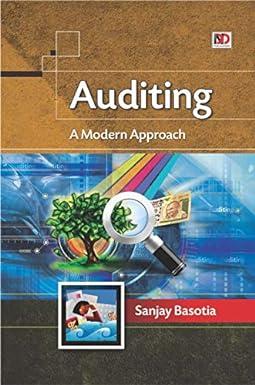Question
Consider the auction model with a continuum of possible valuations. Bidder is valuation, Vi , is drawn from the uniform distribution on [0, 1], for
Consider the auction model with a continuum of possible valuations. Bidder is valuation, Vi , is drawn from the uniform distribution on [0, 1], for i = 1, 2, . . . , n. In other words, the cdf of Vi , can be defined as F(v) = v for v [0, 1] (and, of course, F(v) = 0 for v < 0 and F(v) = 1 for v > 1). Each bidders valuation is independent of any other bidders valuation. Consider the first-price auction. As I have argued in class, the strategy profile in which Bi(v) = B(v) (n1)/nv for all v [0, 1] and i = 1, 2, . . . , n is a Nash equilibrium. For this problem, focus on the case n = 3.
(a) Consider bidder 1. Given bidders 2 and 3 bid B(v) = 2v/3 for all v [0, 1], show that when V1 = 3/4, the best response for bidder 1 to bid B(1/2) = 2 3 3 4 = 1 2 . Hint: Express his payoff as a function of his bid, b, and show that b = 1/3 maximizes his expected payoff.
(b) Suppose the seller uses a posted price p. What is her expected revenue? Which price maximizes her expected revenue? Hint: What is the probability of at least one buyer is willing to pay p?
(c) Recall that in the first price auction, the sellers expected revenue is (n1)/(n+1). Compare the sellers revenue from the first-price auction and that from posted-price selling
Step by Step Solution
There are 3 Steps involved in it
Step: 1

Get Instant Access to Expert-Tailored Solutions
See step-by-step solutions with expert insights and AI powered tools for academic success
Step: 2

Step: 3

Ace Your Homework with AI
Get the answers you need in no time with our AI-driven, step-by-step assistance
Get Started


